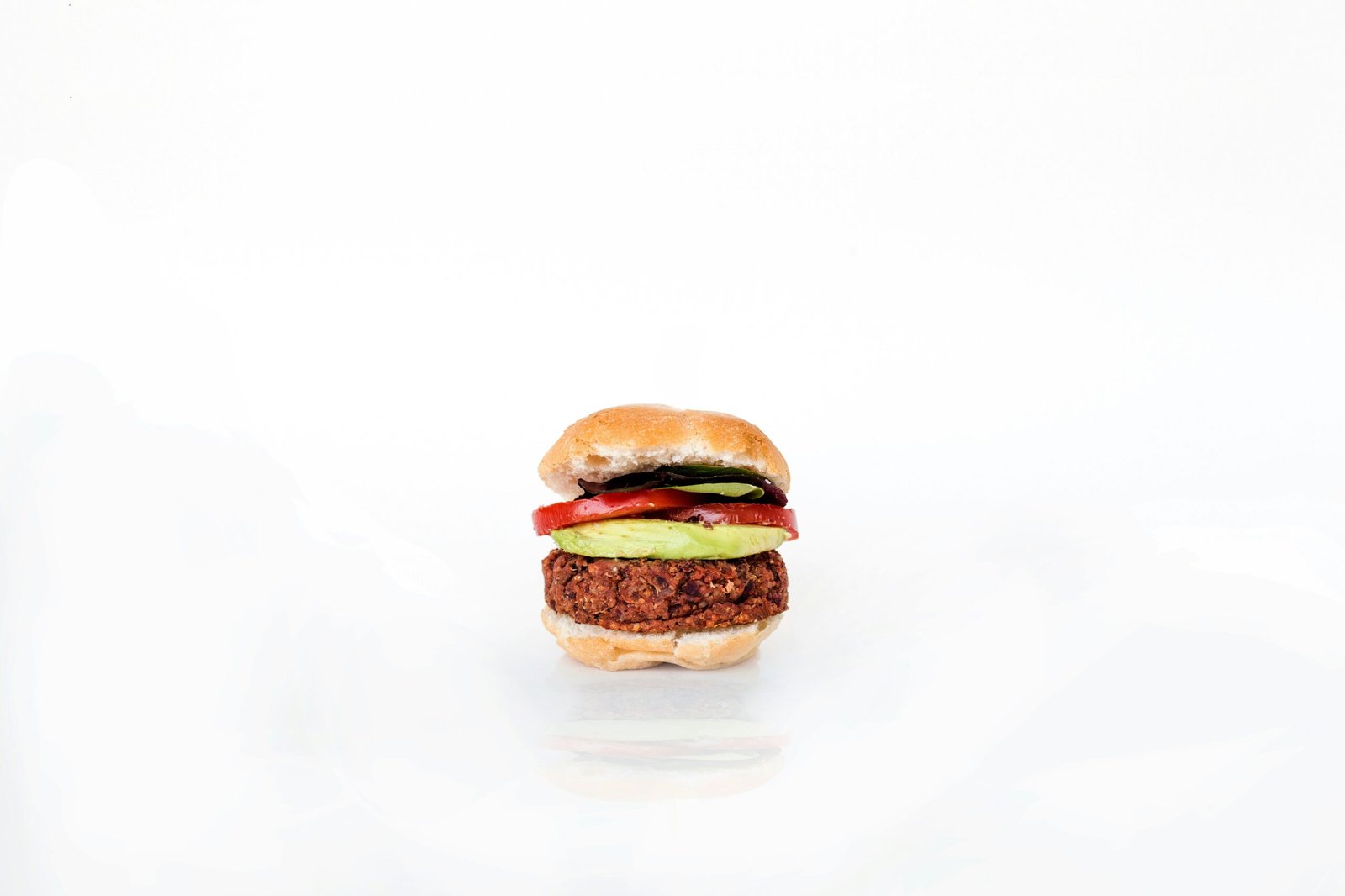Fighting Cellulite in Women: Solutions After Weight Loss
Understanding Cellulite
Cellulite is a prevalent condition characterized by a dimpled or lumpy appearance of the skin, commonly found in areas such as the thighs, buttocks, and abdomen. This appearance is primarily due to the structural changes in the skin and underlying fat deposits. It is important to note that cellulite affects a significant number of women, particularly post-weight loss, as hormonal, genetic, and physiological factors can influence its development and visibility.
Physiologically, cellulite forms when fat cells beneath the skin push through the connective tissue. Women are more prone to this because of their unique fat distribution patterns. Unlike men, women’s fat tends to be distributed in a way that makes the underlying connective tissue more susceptible to bulging. Additionally, the horizontal orientation of collagen fibers in women can contribute to the signature dimpled skin texture associated with cellulite.
Loss of weight, while beneficial for overall health, can also exacerbate the visibility of cellulite. When individuals lose weight, particularly through rapid methods, skin may lose its elasticity and firmness, resulting in a more pronounced appearance of cellulite. The combination of reduced fat deposits and changes in skin elasticity can highlight the uneven texture caused by the underlying connective tissue. Moreover, factors such as age and hormonal changes can further influence skin elasticity and fat distribution, making cellulite more pronounced in post-menopausal women.
Understanding the physiological aspects of cellulite illuminates why it is so common among women, particularly after weight loss. The interplay between fat distribution, connective tissue structure, and skin elasticity is crucial in comprehending this condition. Addressing these factors through various treatment options can be beneficial for those looking to reduce the appearance of cellulite effectively.
The Connection Between Weight Loss and Cellulite
Cellulite is a term commonly used to describe the dimpled appearance of skin, often observed in women, particularly in areas like the thighs, hips, and buttocks. While many associate its appearance primarily with weight gain, the relationship between weight loss and cellulite is equally significant. When individuals engage in weight loss, particularly through rapid methods such as crash dieting or extreme exercise regimens, they may unwittingly contribute to skin laxity and fat redistribution. These changes can make existing cellulite more pronounced.
Rapid weight loss can lead to a reduction in the subcutaneous fat layer underneath the skin, resulting in less cushioning for the dermis. This can cause the skin to lose its elasticity and firmness, prompting a sagging effect that draws attention to cellulite. Additionally, during significant weight loss, the remaining fat can become redistributed, which alters the typical distribution pattern of fat in the body. Instead of a gradual reduction in visible cellulite, this abrupt shift can accentuate its appearance, making it seem more noticeable than before weight loss commenced.
To mitigate these effects, it is crucial that individuals adopt a gradual weight loss approach. This can involve setting realistic goals and making sustainable lifestyle changes that prioritize both health and skin integrity. Alongside weight management, maintaining proper hydration and nutrient-rich diets can aid in promoting skin elasticity. Incorporating strength training and specific exercises can also help tone the muscles underneath the skin, potentially smoothing the surface and reducing the visibility of cellulite.
In summary, understanding the complex relationship between weight loss and cellulite is essential for those seeking to improve their appearance after weight loss. By taking a measured approach to weight loss and prioritizing skin health, individuals can navigate this journey more effectively, ultimately leading to better outcomes.
Dietary Strategies for Reducing Cellulite
The role of nutrition in combating the appearance of cellulite, especially after weight loss, cannot be underestimated. A balanced diet, rich in specific nutrients, can significantly influence skin health and elasticity. Antioxidants, vitamins, and minerals found in various foods support the body in rebuilding and maintaining healthy skin, thus helping to minimize the visibility of cellulite.
Incorporating antioxidant-rich foods into your diet is crucial. Fruits and vegetables such as blueberries, strawberries, spinach, and kale are excellent choices. These foods help combat oxidative stress, which can lead to skin damage. Foods high in omega-3 fatty acids, like salmon, walnuts, and flaxseeds, are known to improve skin elasticity and hydration, which can further decrease the appearance of cellulite.
Hydration plays a pivotal role in skin health as well. Drinking adequate amounts of water helps maintain skin moisture, flush out toxins, and supports overall cellular function. Herbal teas, infused waters, and hydrating fruits—such as cucumbers and oranges—can complement this effort, ensuring that the body remains well-hydrated.
Certain nutrients, particularly vitamins C and E, are essential for collagen production and skin repair. Foods rich in vitamin C include citrus fruits, bell peppers, and berries, while nuts and seeds are good sources of vitamin E. Including these in your diet can enhance skin texture and firmness.
Conversely, some foods may contribute to the worsening of cellulite. Processed foods high in sugar and unhealthy fats can lead to inflammation and hormonal imbalances, potentially exacerbating the appearance of cellulite. Limiting these foods, along with decreasing alcohol intake and increasing fiber intake, can further support efforts to improve skin health.
By adopting a nutrition-focused approach that emphasizes whole, nutrient-dense foods while avoiding certain detrimental options, individuals can make significant strides in reducing the appearance of cellulite after weight loss.
The Role of Exercise in Combatting Cellulite
Exercise plays a crucial role in combatting cellulite, especially in women post-weight loss. Engaging in a well-rounded fitness regimen can significantly improve not only muscle strength but also skin appearance. Two key types of exercises essential for this purpose are strength training and cardiovascular activities.
Strength training focuses on building muscle mass, which helps in tightening the skin and reducing the visible appearance of cellulite. Targeted exercises, such as squats, lunges, and leg presses, can specifically strengthen the lower body, where cellulite is frequently visible. By increasing muscle definition and toning the underlying layers of skin, individuals can experience a reduction in the dimpling effect associated with cellulite. Furthermore, the increase in muscle mass from strength training elevates metabolism, significantly aiding in fat reduction overall.
Cardiovascular activities, including running, cycling, or brisk walking, improve blood circulation and promote fat burning. Enhanced blood flow ensures that vital nutrients reach the skin, which can improve its overall tone and texture. Regular cardio sessions, along with an appropriate diet, lead to a healthier body composition, thereby reducing the fat deposits that contribute to the formation of cellulite. Engaging in these activities for at least 150 minutes per week is typically recommended to see noticeable improvements.
Moreover, flexibility exercises such as yoga or Pilates should not be overlooked. These activities promote better posture and enhance body awareness, which can collectively contribute to a more toned appearance. The stretching involved in flexibility exercises increases blood flow to the muscles, further supporting the reduction of cellulite. Therefore, incorporating a mix of strength training, cardiovascular workouts, and flexibility exercises into a fitness routine can effectively support efforts in fighting cellulite, leading to a firmer skin texture and enhanced self-esteem.
Topical Treatments and Remedies
Cellulite is a common concern for many women, particularly after weight loss. While lifestyle changes and body treatments can play a significant role in minimizing its appearance, various topical treatments and remedies may also help improve skin texture and elasticity. These range from commercial creams and gels to natural oils, each with their own set of advantages and disadvantages.
Creams and gels specifically designed for cellulite often contain ingredients such as caffeine, retinol, and peptides. Caffeine, for instance, is known for its ability to temporarily reduce the appearance of cellulite by dehydrating the fat cells and tightening the skin. Retinol is another effective ingredient that can promote collagen production, enhancing the overall texture and firmness of the skin. However, the primary drawback of these products is that results may be temporary and visible improvements often require consistent application over a prolonged period.
Natural oils, such as coconut oil and essential oils like rosemary or grapefruit, are also popular among those looking for softer alternatives. Coconut oil is believed to improve skin elasticity and hydration, while essential oils may offer additional anti-inflammatory benefits. Despite their popularity, scientific evidence supporting the efficacy of natural oils in reducing cellulite is somewhat limited, and results can be variable between individuals.
Moreover, many topical treatments may have side effects, including skin irritation or allergic reactions, particularly in sensitive skin types. It is essential for users to perform a patch test prior to fully integrating these products into their skincare routine. In conclusion, while topical treatments and remedies offer a range of options for addressing cellulite post-weight loss, their effectiveness is often influenced by individual skin types and conditions. Consulting with a dermatologist can provide valuable insights tailored to one’s specific needs, maximizing the chance of achieving desirable outcomes.
Non-Invasive Procedures for Cellulite Reduction
Cellulite, a common concern for many women, can persist even after significant weight loss. Fortunately, a variety of non-invasive procedures have emerged, offering effective solutions for reducing the appearance of cellulite. Among the most popular treatments are laser therapy, radiofrequency treatments, and cryolipolysis. Each of these methods utilizes advanced technology to target the underlying causes of cellulite, resulting in smoother skin texture.
Laser therapy employs focused light energy to penetrate the skin and improve the skin’s elasticity. This procedure typically tightens the skin while breaking down fat cells, making it a dual-action treatment. The results can last up to six months, depending on the individual’s skin type and lifestyle. Side effects are generally minor, including redness and swelling, which usually subside within a few hours. The cost of laser therapy can range from $1,500 to $4,000 per session, depending on geographical location and the expertise of the practitioner.
Radiofrequency treatments involve the application of heat to stimulate collagen production and improve skin tightness. By targeting the layers beneath the skin, this technique effectively reduces the visibility of cellulite. Results can last anywhere from six months to two years, with most patients experiencing minimal discomfort during the procedure. Side effects may include mild swelling or tenderness. Pricing for radiofrequency treatments typically spans from $800 to $3,000 per session.
Cryolipolysis, commonly known as fat freezing, is another non-invasive option. This procedure cools fat cells to a temperature that triggers their natural death while leaving surrounding tissue unharmed. Results can become noticeable within weeks and can last up to two years, making it an appealing choice for those looking to enhance their body contouring efforts. Costs generally range from $750 to $2,500 per treatment session. Patients may experience temporary numbness or redness as side effects.
These non-invasive procedures provide numerous options for women seeking effective solutions to reduce cellulite after weight loss. It is advisable to consult a qualified professional to determine the most suitable treatment based on individual needs and desired outcomes.
Lifestyle Changes to Support Skin Health
Maintaining healthy skin, especially after weight loss, is crucial for combating cellulite. By adopting certain lifestyle changes, individuals can significantly enhance their skin’s appearance and overall health. One of the most important factors is hydration. Drinking an adequate amount of water daily helps maintain skin elasticity and promotes the elimination of toxins, which can contribute to the appearance of cellulite. Aim for at least eight glasses of water a day, as proper hydration supports metabolic processes and keeps the skin plump and firm.
In addition to hydration, prioritizing sleep quality is essential for skin health. During sleep, the body repairs itself, and this includes the skin. Lack of sufficient rest can lead to increased stress hormones like cortisol, which may negatively impact skin elasticity and contribute to the formation of cellulite. Strive for seven to nine hours of quality sleep each night to support optimal skin health and overall well-being.
Moreover, managing stress effectively plays a fundamental role in promoting skin vitality. Chronic stress can lead to hormonal imbalances, which may manifest as exacerbated cellulite. Incorporating stress-reduction techniques, such as mindfulness meditation, regular physical activity, or yoga, can improve both mental health and skin appearance. Engaging in these activities fosters a sense of relaxation and balance, contributing to a healthier complexion.
Finally, smoking cessation is paramount in the pursuit of healthy skin. Smoking deprives the skin of essential nutrients and oxygen, leading to premature aging and increased risk of cellulite development. Quitting smoking not only benefits skin health but also enhances overall physical well-being and vitality.
By implementing these effective lifestyle changes—adequate hydration, improved sleep quality, stress management, and smoking cessation—individuals can foster a holistic approach to health that significantly improves skin appearance and supports the fight against cellulite.
The Psychological Impact of Cellulite
Cellulite is a common condition that many women face, particularly after weight loss. Despite having achieved a significant health goal, the presence of cellulite can lead to negative psychological effects, such as body image issues and feelings of inadequacy. The transition from being overweight to achieving a healthier weight can invoke mixed feelings; while one may feel proud of their accomplishments, the sight of cellulite might overshadow these positive emotions, leading to a distorted view of one’s self-worth.
Societal pressures often exacerbate these feelings, as media portrayals of “ideal” bodies rarely include those with cellulite. This unrealistic portrayal creates a narrative that equates beauty with a lack of imperfections, further contributing to anxiety and low self-esteem among women. The internalization of such societal standards can make it difficult for women to accept their bodies, even when they have made significant strides in their wellness journey.
To combat the psychological impact of cellulite, fostering a positive body image and self-acceptance is essential. One effective strategy is to focus on the body’s capabilities rather than solely its appearance. Engaging in physical activities that boost confidence—such as yoga, dance, or strength training—can help shift the focus towards the positive aspects of health and wellness. It is also beneficial to surround oneself with supportive individuals who encourage self-acceptance and promote a culture of body positivity.
Additionally, practicing mindfulness and self-compassion can play key roles in overcoming negative feelings about cellulite. Techniques like journaling can help articulate feelings and recognize that imperfections are a normal part of the human experience. Ultimately, embracing one’s body, in all its forms, allows for a more holistic approach to self-love, transcending the superficial markers of beauty that society emphasizes.
Conclusion: Embracing the Journey
As women embrace their post-weight loss journey, it is crucial to recognize the importance of self-acceptance and body positivity. Weight loss can often bring about changes in the body that might include the presence of cellulite, which is a common concern for many. While strategies and treatments to combat cellulite can be beneficial, they should not overshadow the importance of loving one’s body as it is.
Throughout this discourse, various methods were explored, including the use of topical treatments, professional procedures, and lifestyle adjustments. Techniques such as maintaining a healthy diet, engaging in regular physical activity, and utilizing skin-firming products can all play a significant role in reducing the visibility of cellulite. Moreover, treatments such as laser therapy and massage can provide additional support in managing this condition.
It is essential to remember that the journey to body acceptance can be complex, and societal pressures may often distort what is deemed as “ideal.” Acknowledging that every woman’s body is unique and that imperfection is a natural part of the human experience can help foster a positive mindset. Focus on your achievements, both in weight management and in personal growth, rather than solely on cosmetic results.
In conclusion, while it is understandable to seek solutions to reduce cellulite, nurturing self-love and confidence should remain at the forefront. Embrace your journey, celebrate your progress, and remember that every step taken is a step towards a healthier, happier you. Cultivating a positive relationship with your body is ultimately more empowering than the fleeting focus on appearance.







